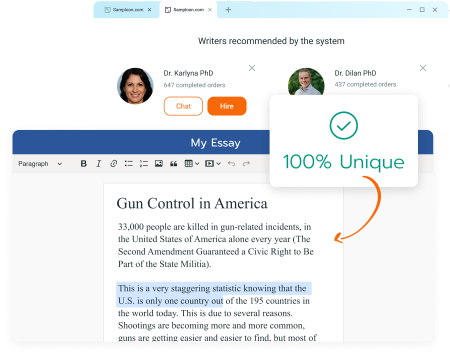Working memory was conceptualized as a system with limited volume which supports both information temporary storage and information processing (Baddeley, 1992, 2000). The classical working memory model proposed by Baddeley (1992) has identified the two subsystems to separately store verbal and visuospatial information and the central executive to operate and integrate information from the two subsystems. The age-related deficits in memory and processing verbal information have been found to be different from visuospatial information.
For one thing, older adults showed lower working memory spans compared to younger adults, with the different extent of declines of letters, words, sentences, and computation spans, except digit spans (Bopp & Verhaeghen, 2005). For example, older adults memorized averagely 4.39 letters and 4.62 locations versus 6.46 letters and 7.58 locations for younger adults (Jenkins et al., 2000). For another, the age-related differences were pronounced in relation to visuospatial than verbal working memory, especially for spatial information. Klencklen et al. (2017) conducted a real-world laboratory environment to investigated the age-related differences of allocentric spatial and color information memory and found that the correct choices of spatial and color information older adults made were respectively 67% and 76% of those younger adults made.
The dual mechanisms of control (DMC) framework (Braver et al., 2008; Braver, 2012) emerged later which emphasized the essence of the goal maintenance in working memory. Braver and West (2011) suggested that in order to successfully operate or process information from various sources, working memory worked to keep information representing in mind and appropriately allocate attentional resources on goal-related information and prevent irrelevant information from intrusion.
Aging affects the ability to maintain information representation (Braver, 2012), which resulted in older adults encoded irrelevant information before retrieval and were distracted when retrieval (McNab et al., 2015). They couldn’t resist retrieving the information for previous task demands but weren’t needed currently (De Beni & Palladino, 2004), which indicates the difficulties in learning new technologies or applications for them.


